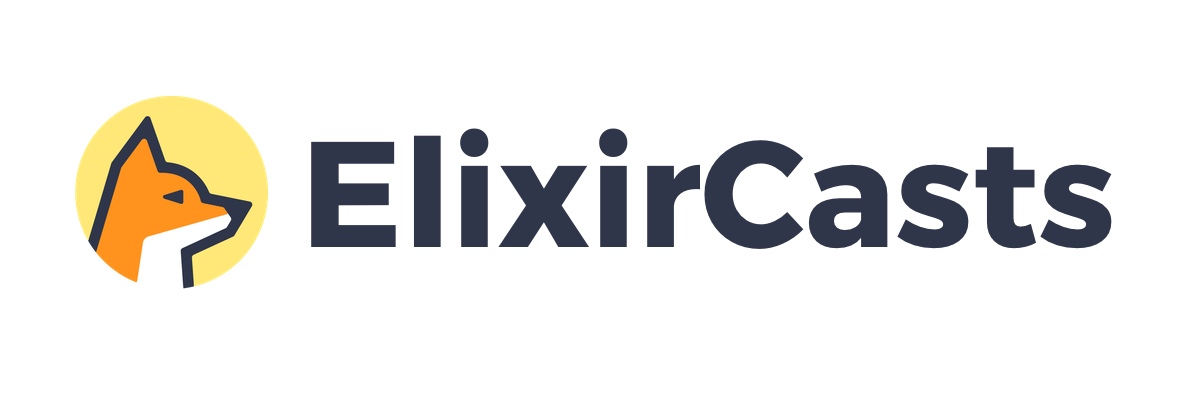Episodes for phoenix
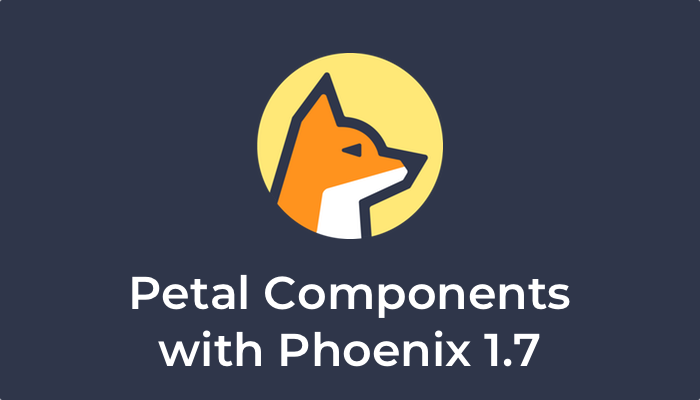
#190: Petal Components and Phoenix 1.7
In episode 190, we look at how to configure Petal Components with Phoenix 1.7.
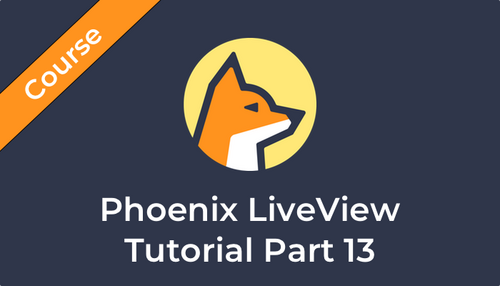
Alchemist's Edition
#189: Phoenix LiveView Tutorial Part 13
We’ll let people play our game as much as they want! In this episode, we’ll refine the game’s flow and user experience by leveraging Phoenix LiveView to start a new game for users.

Alchemist's Edition
#188: Phoenix LiveView Tutorial Part 12
Similar to our last episode, here we’ll dynamically update the backgrounds of the keycaps on our game keyboard using JavaScript Hooks.
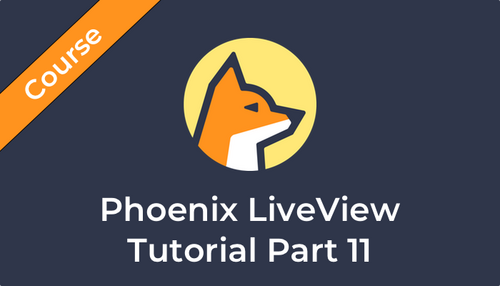
Alchemist's Edition
#187: Phoenix LiveView Tutorial Part 11
In this episode, we’ll improve the guess feedback for our game with JavaScript hooks. We’ll focus on updating the background of a guess, to indicate the status of the guess.

Alchemist's Edition
#186: Phoenix LiveView Tutorial Part 10
In this episode, we’ll update the guess feedback in our game by implementing custom JavaScript hooks and animations.
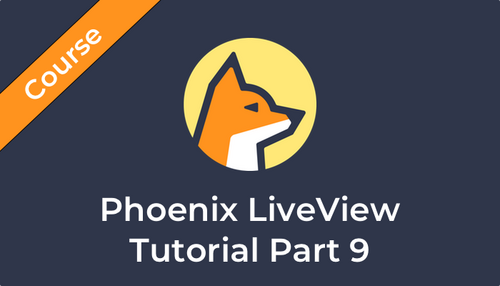
Alchemist's Edition
#185: Phoenix LiveView Tutorial Part 9
In this episode we’ll update our game and add feedback for player guesses. We’ll update our LiveView to handle various guess outcomes. We’ll use flash messages to display the results of each guess.
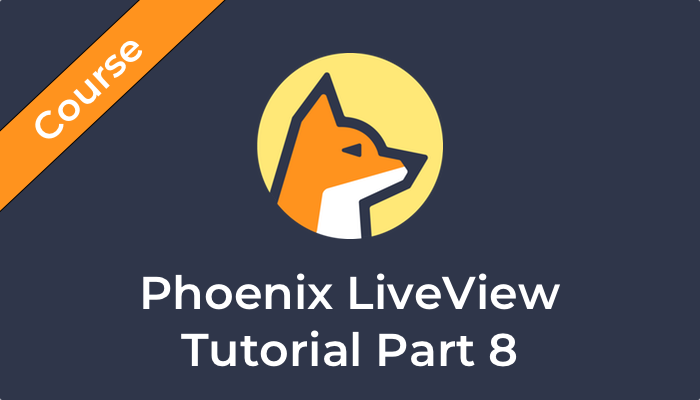
Alchemist's Edition
#184: Phoenix LiveView Tutorial Part 8
In this episode we update our game, allowing players to submit their guesses. We’ll build functionality to check if the guess is a valid word, comparing it against the game’s solution, and then updating the game’s state accordingly.
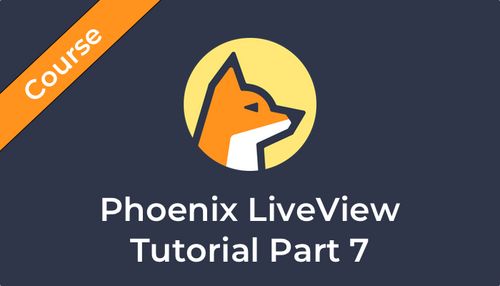
Alchemist's Edition
#183: Phoenix LiveView Tutorial Part 7
In this episode, we update our game to allow players to remove letters from their guesses. This involves updating our KeycapComponent to send events to our LiveView.

Alchemist's Edition
#182: Phoenix LiveView Tutorial Part 6
In this episode we’ll build the functionality that allows a player to add letters to their guess. We’ll update our LiveView to handle events from the keyboard and use them to update the game grid.
